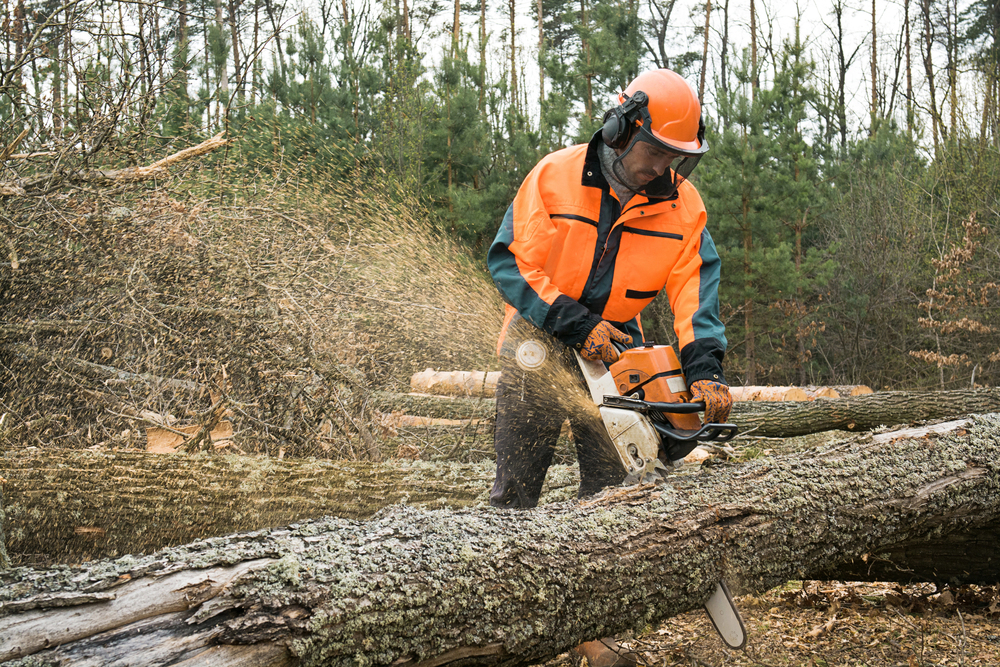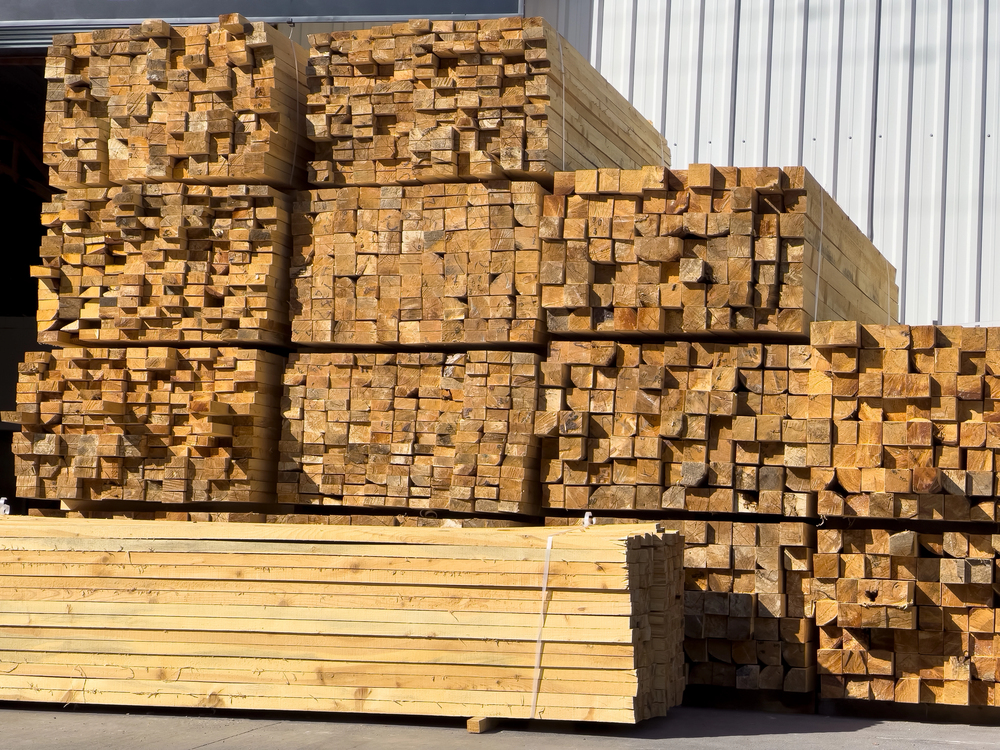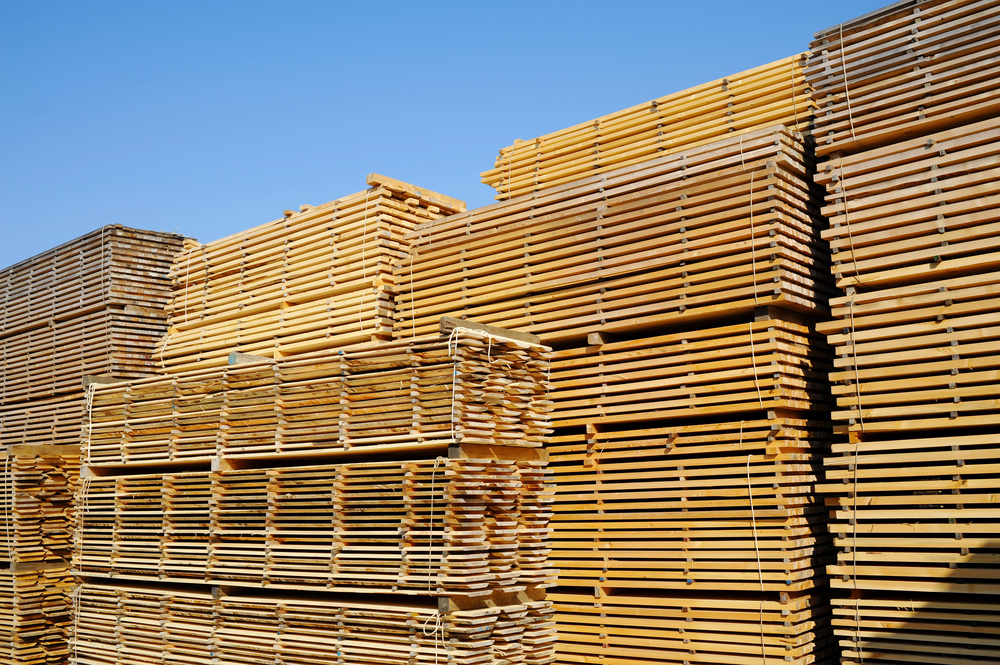Table of Contents
- Introduction
- A Personal Look Back: The CME Lumber Pit
- The State of the Economy: Rates Steady, But Cuts Possible
- Current Lumber Prices: Eased, but Still Elevated
- Lumber Futures Point to Rising Costs
- Housing Starts: Modest Growth, But Still Below Peak
- The Correlation: Housing Starts & Lumber Prices
- Tariffs & Supply: More Pressure on Costs
- Bringing It All Together: Where Do Prices Go from Here?
- FAQ
- Conclusion
Lumber has always been more than just a commodity, it’s a signal. Whether you’re a builder, a homeowner, or an investor, watching lumber prices can give you a strong indication of where the housing market is headed. As of July 2025, prices are sending a mixed but meaningful message. Here's what you need to know.
A Personal Look Back: The CME Lumber Pit
I spent time working at the Chicago Mercantile Exchange, and one thing I remember clearly: the lumber pit was always the quietest. Most days it looked like the night of the living dead, traders just sitting around, barely moving. Every once in a while, the pit would light up with some activity, only to settle back into stillness. It was never the headline act (the S&P Pit was), but when it moved, it mattered. Fast forward to today, and well, it's traded electronically.
The State of the Economy: Rates Steady, But Cuts Possible
The Federal Reserve has kept interest rates steady for months now:
- The effective federal funds rate sits around 4.33%, unchanged since December 2024.
- Despite inflation concerns driven by tariffs and supply chains, the Fed has avoided further hikes.
- President Trump has been vocal about wanting lower rates, and Treasury officials suggest a possible rate cut by September or October 2025.
Markets are betting on that too, with futures pricing in a 60%+ chance of a fall rate cut. For now, rates are flat, but there’s real pressure for them to come down.
Current Lumber Prices: Eased, but Still Elevated
As of early July 2025:
- Lumber futures are trading around $615 per 1,000 board-feet, down slightly from recent highs.
- Spot prices for framing lumber (NAHB composite index) sit at $422/1,000 bd-ft, a 0.5% drop from the previous week but still 15% higher year-over-year.
- Producer Price Index for lumber was 265.5 in May, down 2.4% from April but up nearly 8% YoY.
Prices have cooled off compared to their pandemic-era highs, but they're still not cheap.
Lumber Futures Point to Rising Costs
The futures market is showing contango: As of July 2- See updated Prices)
- July ’25: - $615
- Sept ’25: - $664
- Nov ’25: - $675
- Jan ’26: - $697
That upward curve means traders expect prices to climb as we head into late 2025 and early 2026—likely due to seasonal demand and supply tightness.
Housing Starts: Modest Growth, But Still Below Peak
Recent data shows:
- Single-family housing starts in May dropped to 924,000 annualized, down - 7% YoY.
- Completions rose slightly to 1.03 million, but still lag.
- Industry estimates forecast an 11% increase in new construction for 2025, rebounding from a soft 2024.
While construction is slowly recovering, material costs (including lumber) and higher home prices continue to weigh on builders.
The Correlation: Housing Starts & Lumber Prices
There’s a strong relationship between housing starts and lumber prices. Simply put, more homes being built means more framing lumber is needed. This direct link makes lumber demand and its price reliable signals of broader construction activity. In fact, lumber often acts as a leading indicator of housing market momentum. However, it's not the only variable at play. Interest rates, tariffs on Canadian imports, mill capacity, and broader supply chain issues all contribute to price volatility. So while housing starts drive the core demand, outside pressures often influence how sharply prices move and how long those shifts last.
Tariffs & Supply: More Pressure on Costs
Tariffs on Canadian softwood lumber remain steep, ranging between 14% and 34%, which significantly inflates the cost of materials for U.S. builders. These duties alone can add thousands to the final price of a new home. On top of that, domestic production isn’t keeping pace. U, .S. mill capacity remains under 65%, and Canadian exports are down roughly 6.5%. With both supply and imports constrained, builders report that the cost of lumber alone can add between $9,000 and $11,000 to the overall cost of constructing a single home.
Bringing It All Together: Where Do Prices Go from Here?
The Fed is holding rates steady for now, but with Trump pushing for cuts, it’s likely we see a downward move by the fall. That would make mortgages cheaper and could give homebuilders a shot in the arm. If that happens, expect housing starts to rise and with them, demand for lumber.
At the same time, supply is still tight and tariffs aren't going anywhere soon. That means even modest increases in building could push prices higher again.
Faq
Lumber prices remain elevated due to ongoing tariffs on Canadian imports, limited mill production in the U.S., and steady demand from new home construction.
Yes. Futures reflect market expectations. The current contango structure shows traders anticipate rising prices into late 2025 and early 2026.
Indirectly, yes. Higher rates can slow homebuilding, reducing lumber demand. But as of now, rates are flat, with potential cuts later this year, which could reignite construction.
Conclusion
Lumber is more than wood, it’s a barometer. Right now, it’s telling us we’re in a holding pattern, but change is coming. If rates drop and building picks up, expect lumber prices to follow. Keep your eye on all three: interest rates, housing starts, and the lumber board. They’re tied tighter than most people realize.




